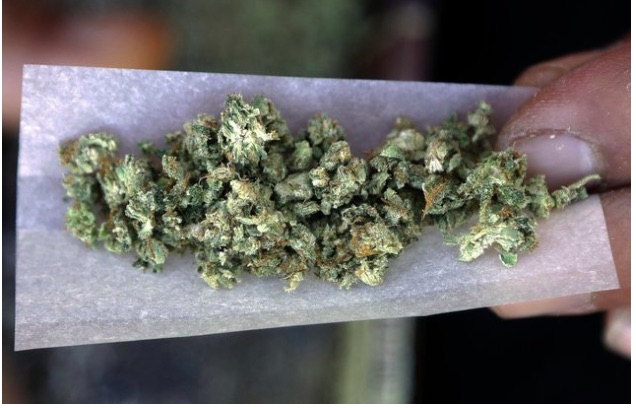In Oregon and Colorado, the recreational sale of marijuana is legal. However, Oregon has too much while Colorado’s supply is just right.
This is the story…
Oregon and Colorado
Although Oregon legalized recreational marijuana after Colorado, they regulated growers differently and wound up with some difficulties.
Oregon
Their big problem is too much pot. Although interstate marijuana sales are illegal, authorities intercepted a whopping 15,000 pounds (worth $48 million) heading for 37 states and Oregon’s marijuana has been seized in 16 states. Oregon’s top federal prosecutor said that the oversupply encouraged illegal activities, money laundering, and drug violence.
One reason? Growers have the wrong incentives.
Other than a license requirement, Oregon’s marijuana growers have few reasons to constrain their output. Furthermore, the state gave no priority to existing medical marijuana license holders with whom they were more familiar. As a result, there are currently close to 1,012 growers with a license and 956 waiting for one–in a state with just four million people. It all means that, in Oregon, they cannot sell close to 70% of what they grow.
Colorado
Colorado has a different approach. They require that growers sell 85% of production before expanding and they give existing medical marijuana producers priority among new license applicants. Also, a report that I read indicates they monitor supply and demand closely. As a result, Colorado has been able to control how much and who much more than Oregon.
Our Bottom Line: Supply and Demand
An economist can easily explain Oregon’s problem. Because they place no cap (directly or through other criteria) on supply, production is much more than the state can absorb. Add to that less selectivity when distributing licenses and you get the ideal environment for the black market.
A professor from Oregon State explained it perfectly:
“If you were an investor and you had just dropped $4 million into a (marijuana) grow and you had thousands of pounds of flower that was ready to go but you had nowhere to sell it … if you want any of your money back, the only thing you can do is sell it on the black market,”
Two graphs also provide the explanation:
Consequently, one Colorado grower said she grows 1600 of her 1800 plant allotment for cannabis oil products. But an Oregon grower would have the incentive to produce more.
My sources and more: A handy source for marijuana facts, this cannabis news letter alerted me to Colorado and Oregon. However, for the focus on Oregon, this Seattle Times article had the details. But, if you want to read much more, Colorado and Oregon each published marijuana market reports. Also, please note that because my data on Oregon’s growers varied considerably, I finally decided numbers from Rolling Stone were most accurate. But Statista did indicate the state had more than 20,000 registered growers.
Our featured image is from Marcio Jose Sanchez/The Associated Press.







